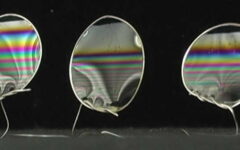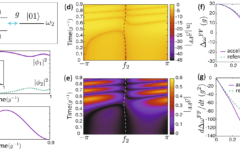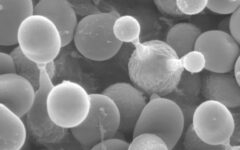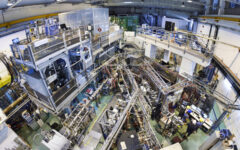College students have unequal access to reliable technology, study finds
13 August 2023 2023-08-13 14:26College students have unequal access to reliable technology, study finds

College students have unequal access to reliable technology, study finds
Source: Indiana University
Summary: Smartphones and laptops seem ubiquitous at US universities, but there is still a ‘digital divide,’ with some students less likely than others to have consistent access to reliable technology, according to a new study.
Smartphones and laptops seem ubiquitous at U.S. universities, but there is still a “digital divide,” with some students less likely than others to have consistent access to reliable technology, according to a study co-authored by an Indiana University sociologist.
“We find big gaps in the quality and reliability of the technology students own,” said Jessica Calarco, assistant professor of sociology in the IU Bloomington College of Arts and Sciences. “Students of color and students from low-income families rely on older devices that are more likely to break down.”
Problems with technology cause stress and affect academic performance at a time when students are routinely expected to use computers or other electronic devices for day-to-day class work, assignments and online readings, the researchers found.
The study, “Technology Problems and Student Achievement Gaps: A Validation and Extension of the Technology Maintenance Construct,” was published in the journal Communication Research. Additional authors are Amy Gonzalez of the University of California, Santa Barbara, and Teresa Lynch of The Ohio State University.
The study included a survey of 748 students recruited from undergraduate sociology and communications courses at a large Midwestern university. It also included focus groups in which small groups of students answered questions about their technology use.
Nearly all of the students had laptops and smartphones, but roughly 20 percent had problems maintaining access to effective technology. They had to type papers on old laptops or tablets that didn’t work consistently. Their devices wouldn’t hold a charge. They lived in off-campus apartments without reliable internet access. They ran out of cell phone data and couldn’t afford to add minutes.
The difficulties were more common for students from low-income families and students of color. Students from affluent families faced problems too, but they were more likely to experience them as a minor bump in the road. If their laptop broke or they lost their smartphone, their parents could replace it, usually within a few days. Low-income students didn’t have that option.
In addition to causing stress and frustration, issues with maintaining access to technology were associated with academic performance. Students whose laptops weren’t reliable had lower grade-point averages, even after accounting for demographic factors.
Consistent with research that Calarco conducted on elementary students, the study found that affluent students were more likely to ask their instructors for help or extended deadlines if they had computer problems. Low-income students were more likely to keep quiet and accept the consequences.
To address the divide, the researchers recommend that colleges and universities do more to provide free or inexpensive devices for low-income students. They also suggest that need-based financial aid should be available to help pay for laptops and smartphones.







